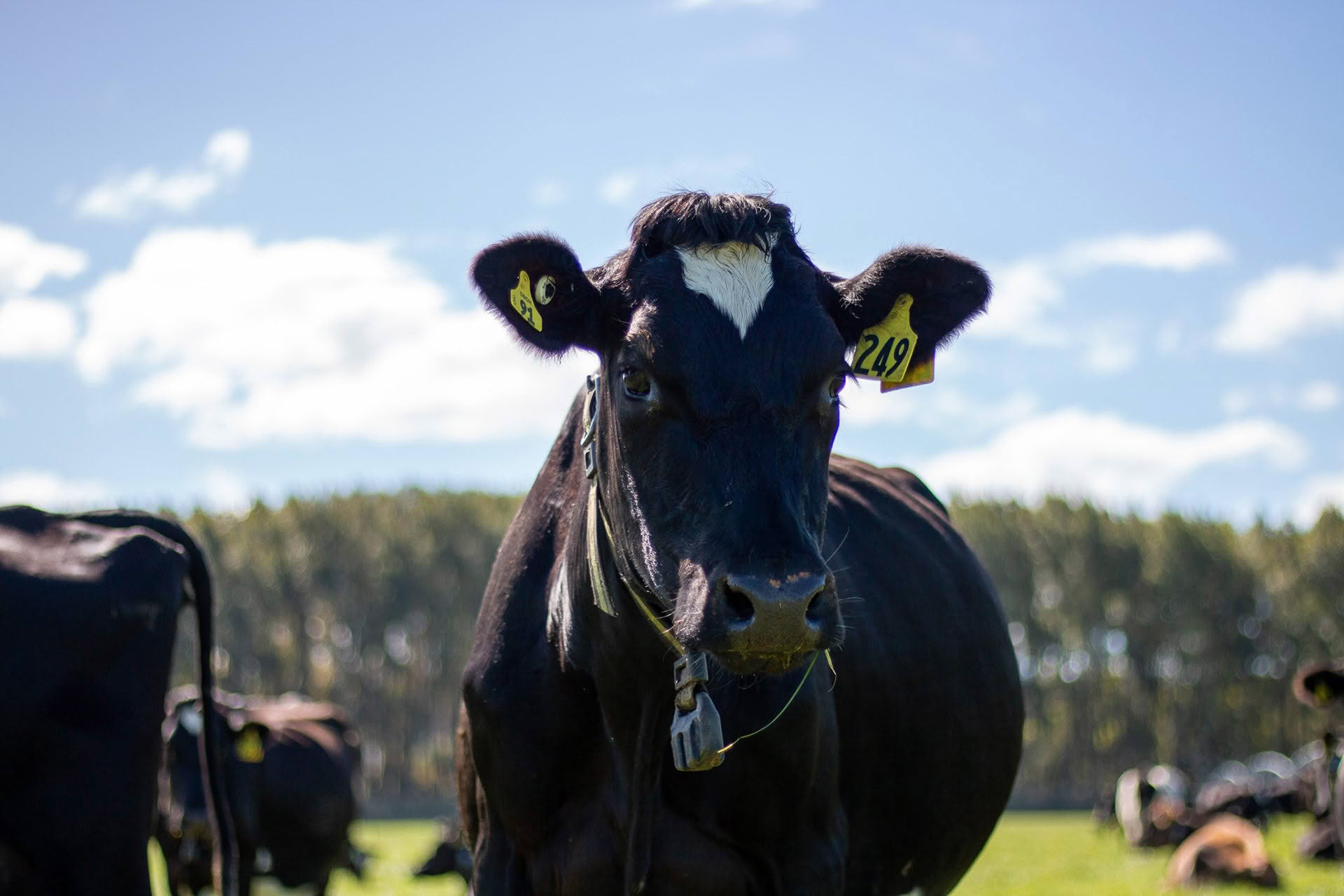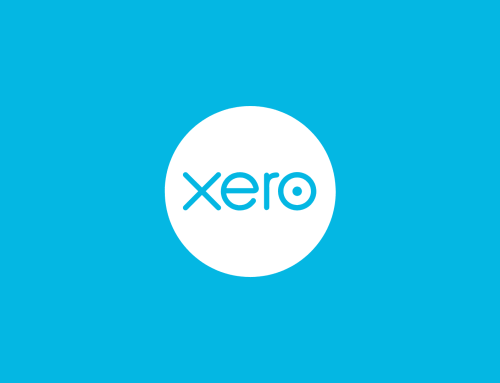The Herd Scheme is a unique livestock valuation method in New Zealand that treats livestock as a capital asset, thereby exempting changes in livestock values from being considered taxable income. This approach is designed to prevent large tax liabilities from arising due to market fluctuations in livestock values. Instead, only changes in the number of livestock are assessable for tax purposes. This method allows farmers to value their livestock at the same rate at both the opening and closing of the financial year, resulting in a tax-free adjustment to the opening livestock values. This effectively neutralises any taxable income from changes in livestock values.
Each year, around the end of May, the Inland Revenue Department announces the National Average Market Values (NAMV) for each class of livestock. These values are determined based on a survey of livestock values across the country as of 30 April each year. The NAMV is used for valuing livestock under the Herd Scheme and is calculated using a weighted average based on livestock numbers in each region compared to national herd numbers. This ensures that the values reflect the average market conditions for good-quality on-farm animals.
The Herd Scheme is largely irrevocable once elected, with limited circumstances allowing for an exit. For instance, a farmer can exit the scheme if they stop using all female livestock for breeding and instead use them in a fattening operation, or if there is an increase in the number of animals in a class, allowing for an alternative valuation method. This restriction is intended to ensure that farmers choose a valuation method that aligns with their long-term business needs rather than for short-term tax advantages.
Current Year Values
For the 2024–2025 period:
- Sheep values have experienced a significant increase of approximately 33% on average (following a 37% average decrease in 2024).
- Beef values have increased by approximately 35% (following a 2% average increase in 2024).
- Dairy values have increased approximately 45% (following a 2% average increase in 2024).
Summary
The Herd Scheme offers a strategic approach to livestock valuation by treating livestock as a capital asset, thereby exempting changes in livestock values from tax. This method provides stability in tax planning for farmers, especially in volatile market conditions.
However, the decision to enter the Herd Scheme should be made with careful consideration of long-term business goals, as exiting the scheme is not straightforward. The recent economic challenges have highlighted the importance of strategic planning in livestock valuation, making the Herd Scheme a valuable tool for New Zealand farmers navigating uncertain times.
Farmers should communicate their livestock ownership plans with their accountants, as the herd livestock adjustment affects the opening livestock values for the following year. This is crucial for planning and ensuring that the chosen valuation method remains appropriate for the farmer’s business strategy.
See more on the IRD website, or get Sidekick’s free download below! Alternatively, get in touch with us today to review your livestock strategic plan.













